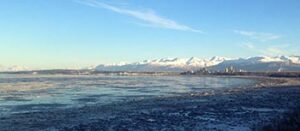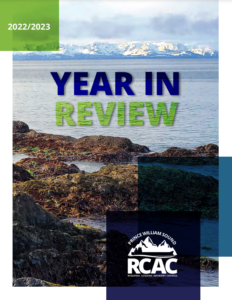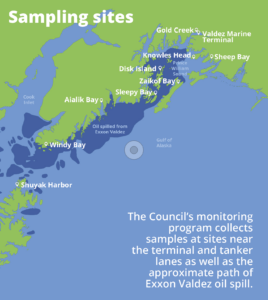The Council’s January 25-26, 2023 Board of Directors meeting will be held in-person in Anchorage, Alaska. The meeting will also be available virtually and telephonically for those unable to travel.
Join the meeting: Meeting audio and video, including presentations, will be available streaming online via Zoom (available starting January 26 by 8:00 a.m.) or by calling 1-888-788-0099, reference meeting ID 846 6601 3879
A complete meeting packet will be available for download HERE, on or before January 19, 2024.
| Title | View Document |
|---|---|
| 1 00 Final Agenda PWSRCAC Board Meeting, January 25 26, 2024 In Anchorage | |
| 1 01 Draft Minutes of September 21 22, 2023 | |
| 1 02 Draft Minutes of November 21, 2023 | |
| 2 01 List of Commonly Used Acronyms | |
| 2 02 Budget Status Report as of December 19, 2023 | |
| 2 03 PWSRCAC Director Attendance | |
| 2 04 Committee Member Attendance Record | |
| 2 05 List of Board Committee Members | |
| 2 06 One Page Strategic Plan | |
| 2 07 List of Recent Board and Executive Committee Actions | |
| 2 08 PWSRCAC Organizational Chart | |
| 3 01 Contract Approval for Air Quality Monitoring at the VMT | |
| 3 02 Approval of FY24 Contract with Taku Engineering for Engineering Support | |
| 4 01 Report Acceptance 2022 2023 LTEMP | |
| 4 02 Approval of Fy2024 Budget Modifications | |
| 4 03 2023 VMT C Plan Renewal & Approval of C Plan Contract Increase | |
| 4 03 PRESENTATION 2023 VMT C Plan Renewal and Approval of C Plan Contract Increase | |
| 4 04 Consideration of Oil Spill Region Recreation Coalition as Class I Member | |
| 4 05 Director Appointment for Oil Spill Region Recreational Coalition | |
| 4 06 Report Approval PWSRCAC Annual Long Range Plan | |
| 5 01 Program and Project Status Report | |
| Complete Packet January 2024 Board Meeting | |
| PRESENTATION Alyeska/SERVS’ Activity Report – January 2024 | |
| PRESENTATION by Alaska Tanker Co. on upgrades and changes to their Alaska fleet | |
| PRESENTATION by Native Village of Eyak (NVE) on Shepard Point Facility | |
| PRESENTATION Hope Spot Designation for Prince William Sound |
Anyone experiencing COVID-19 symptoms should not attend the meeting in-person
Board meetings are open to the public, and an opportunity for the public to provide comments is provided at the beginning of each meeting.



